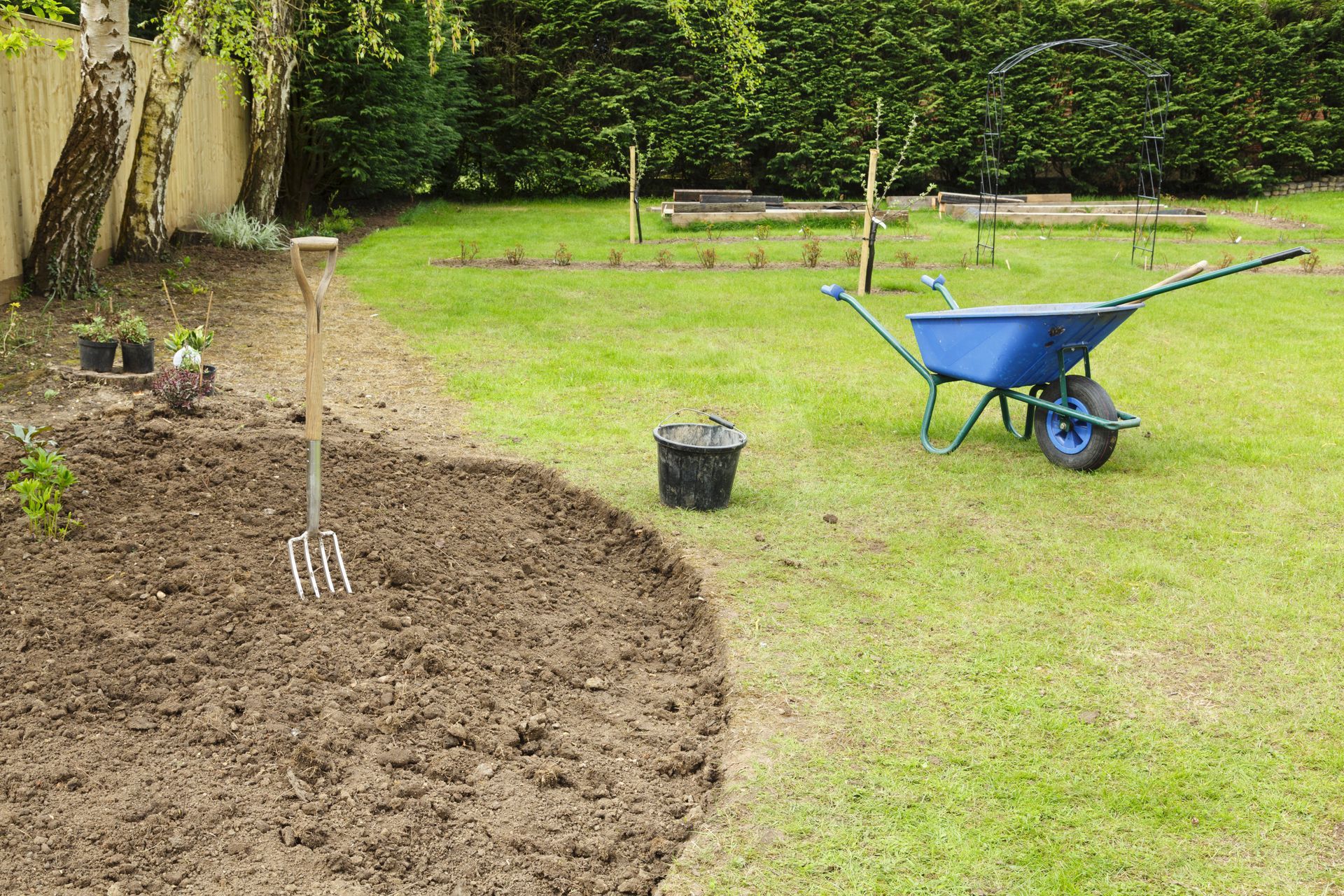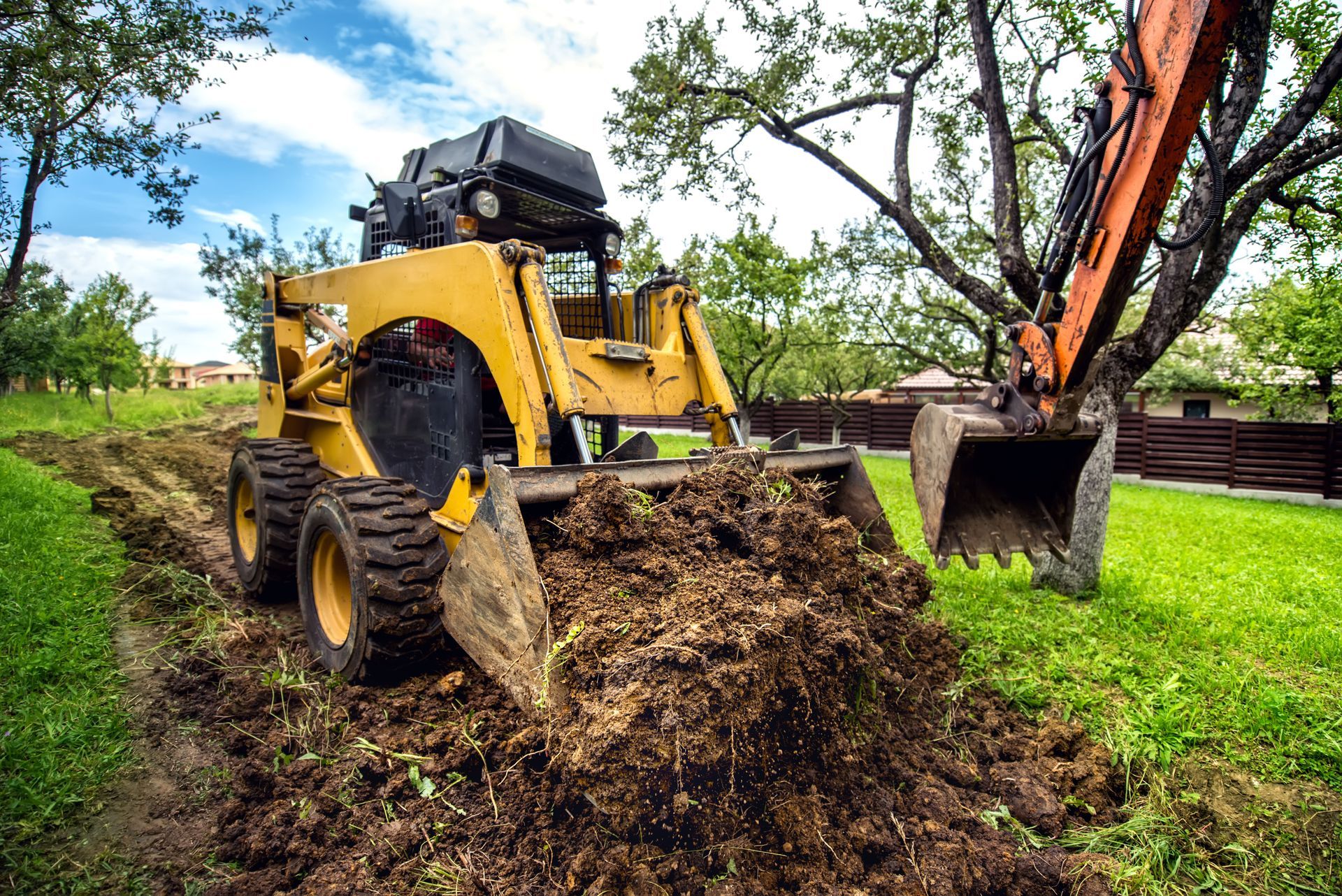3 Ways Fresh Top Soil Revives Tired Flower Beds
The resurgence of blooming flower beds requires a fundamental understanding of soil revitalization. It's the cornerstone of ensuring vibrant plant growth and maintaining ecological balance within our gardens. Fresh top soil plays a crucial role in this process, offering nutritional replenishment that can transform even the most exhausted soil into a thriving plant haven. Gardeners frequently encounter the challenge of tired flower beds where the soil has lost its vitality, leading to diminished plant health and aesthetics. Incorporating fresh top soil emerges as a game-changer, an essential ingredient in the gardener's toolkit to breathe life back into these nutrient-depleted beds.
1. Enhances Nutrient Content
Nutrients serve as the building blocks for plant growth, comparable to how vitamins and minerals are essential for human health. They facilitate crucial biochemical processes such as photosynthesis and cellular respiration, significantly affecting plant vigor and yield. In particular, macronutrients like nitrogen, phosphorus, and potassium form the triad fundamental to any plant's diet. Without an adequate supply of these nutrients, plants exhibit stunted growth, poor flowering, and increased vulnerability to diseases. Hence, maintaining a nutrient-rich environment is vital for any optimal gardening endeavor.
Over time, the nutrient levels in soil deplete due to plant uptake, leaching, and erosion, which makes fresh topsoil an attractive option for replenishment. Fresh topsoil often boasts higher concentrations of essential nutrients, providing an immediate boost to the tired flower beds. The topsoil layer, which extends from 2 to 12 inches below the surface, according to LawnStarter, contains most of the soil's organic matter and microorganisms. Compared to old soil that has lost its fertility, fresh topsoil acts like a multivitamin, reinvigorating the nutrient content available to plants. Regularly comparing nutrient levels helps gardeners decide the right time to introduce new topsoil.
While macronutrients generally receive most of the attention, micronutrients like zinc, iron, and manganese also play indispensable roles in plant health. These micronutrients facilitate enzymatic reactions that are critical to plant metabolism and biological functions. Deficiencies in micronutrients, albeit needed in trace amounts, can cause significant disruptions in plant physiology, manifesting in poor growth and disease symptoms. Fresh top soil is naturally rich in these micronutrients, thanks to its unexhausted profile that supports holistic plant development. Amending soil with fresh top soil ensures a complete nutritional profile, preventing growth impediments related to micronutrient gaps.
Organic matter is critical in determining soil health and its ability to support plant growth. It contributes to the amendment of soil physical properties such as structure, porosity, and water-retention capacity. As fresh top soil is rich in organic matter, incorporating it into tired flower beds not only replenishes missing nutrients but also enhances soil vitality. Greater organic matter content leads to improved soil texture, creating a fertile environment for roots to penetrate and expand. This infusion creates a renewed habitat where plant roots can access both water and nutrients more efficiently.
2. Improves Soil Structure
Soil structure refers to the arrangement of soil particles and the pore spaces between them, influencing various physical processes. Good soil structure supports optimal plant growth by promoting better root permeation, water infiltration, and nutrient movement. The composition of soil involves varying proportions of sand, silt, and clay, determining structural properties specific to regions or environments. Fresh topsoil rich in organic components positively conditions soil structure by fostering the aggregation of mineral particles. Awareness of soil composition helps gardeners select the right topsoil type to enhance structural resilience.
A well-structured soil provides a medium where plant roots can spread extensively and absorb water and nutrients effectively. Fresh topsoil aids in creating this robust framework by preventing compaction, allowing roots to grow unobstructed. Root-extending plants decompose organic matter, enhancing soil structure further by facilitating additional nutrient cycling. A thriving root system supports the plant in enduring stress and promotes balanced water absorption. Over time, improved soil structure secures the plant's foundational stability against disruptive forces like strong winds or heavy rains.
Incorporating fresh topsoil into flower beds provides an aeration boost, optimizing oxygen exchange within the root zone. Compacted or poorly aerated soils are ill-suited to water infiltration and can lead to root diseases due to waterlogging. The organic compounds in fresh topsoil promote aeration by creating larger pore spaces, allowing water to be retained while excess easily drains away. Balancing aeration and water retention supports plant health, accommodating growth under varying environmental conditions. Achieving this balance increases resilience and reduces reliance on frequent manual watering.
Compacted soils present a significant challenge to root growth, as they create resistance preventing efficient nutrient uptake. Regular incorporation of fresh topsoil mitigates compaction, forming a more pliable medium where roots can easily penetrate. Ample pore spaces within this optimized soil structure facilitate free water movement and nutrient dispersal, invigorating roots for healthier growth. Reducing compaction not only bolsters plant development but also encourages biological activity, improving long-term soil fertility. Carefully managing compaction through topsoil amendment translates to long-lasting, thriving flower beds.
3. Promotes Water Management
The symbiotic relationship between soil and water is foundational for plant survival and environmental equilibrium. Proper water management within soil influences root health, nutrient uptake, and plant performance, underscoring its importance in gardening. Fresh topsoil contributes significantly to water balance, with its organic matter boosting water retention capacity. The aerated structure established through topsoil amendments enhances drainage, safeguarding plants from waterlogging or drought stress. Balancing water flow and retention within soil mandates considering the specific media, environment, and plant species present in a garden.
Fresh topsoil's organic-rich composition introduces additional pore spaces fostering efficient water drainage, counteracting compaction issues that choke roots. The infiltration capacity improves, allowing water to percolate through soil layers, recharging aquifers and reducing surface runoff. A consistent drainage profile ensures water availability during dry periods, preventing root stress often caused by extreme water fluctuations. Empowering healthy plant growth hinges on uniform water distribution within garden beds achieved through intelligent topsoil application. The transformative effect of topsoil on drainage epitomizes how thoughtful soil management can mitigate even the most challenging moisture imbalances.
Introducing fresh topsoil effectively prevents detrimental water stress symptoms that compromise plant integrity, such as waterlogging or drought. Properly aerated soil facilitates oxygen exchange and rapid drainage, safeguarding root zones from saturation stress. Concurrently, topsoil's humus content enhances water retention, preserving soil moisture without dependence on excessive irrigation. Balancing drainage and retention instills a harmonious plant environment adept at weathering moisture extremes. This balance exemplifies a fundamental best practice in gardening, notably extending plant resilience and longevity.
Implementing diverse methods to improve soil water retention stabilizes moisture availability, fostering exceptional plant growth. Mulching garden beds with organic material reduces evaporation and conserves available soil nutrients. Identifying water-retentive amendments like vermicompost or peat enhances soil moisture reserves, counteracting arid climatic conditions. Combining these mediated techniques with topsoil-based strategies creates an ideal environment for sustained horticultural success. Understanding and applying these vital water conservation techniques enhances soil management strategies, translating to thriving flower beds.
Healthy, vibrant flower beds don’t happen by chance—they begin with soil that’s rich, balanced, and full of life. Fresh top soil brings back the nutrients, structure, and water management capacity that tired soil often lacks, giving your plants the foundation they need to thrive season after season. By focusing on revitalizing the soil, gardeners create more than just beautiful spaces; they invest in the long-term health of their gardens and contribute to a sustainable environment.
If you’re ready to bring your garden back to life with nutrient-rich top soil and professional care, turn to the experienced professionals at Herman’s Landscape to help transform your outdoor space into a flourishing haven.





Share On: